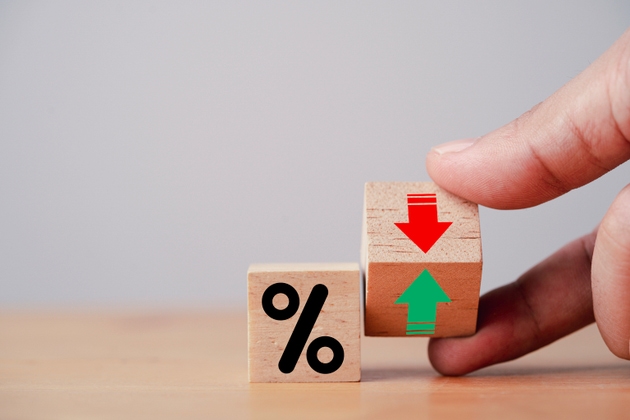India’s consumption basket has undergone a decisive shift over the past decade, with households spending less on food and significantly more on durable goods — and owning far more of them than ever before. A new working paper by the Economic Advisory Council to the Prime Minister (EAC-PM) shows how rising incomes, financial access and improved markets have reshaped household priorities between 2011-12 and 2023-24.
The study compares two national consumption surveys and finds that durables such as vehicles, refrigerators and mobile phones have seen the steepest rise in ownership, especially among the bottom 40% of households, signalling broad-based improvements in living standards.
Food share drops below 50%
The report shows that even as nominal spending rose sharply, the composition of household budgets changed notably. In rural India, the monthly per-capita expenditure (MPCE) share spent on food dropped from 52.9% to 47%, while spending on durables increased from 11.9% to 13.1%. A similar shift appeared in urban areas where food share fell to 39.7%, and durables rose to 12.5%.
Importantly, rural households in several states now spend a higher share on durables than their urban counterparts, reflecting rapid market penetration and credit access outside big cities.
Spending on durables triples
In absolute rupee terms, spending on durables surged everywhere. Rural households went from spending ₹170 per person per month in 2011-12 to ₹540 in 2023-24. Urban households rose from ₹315 to ₹877 per person per month.
Despite this, large state-level differences remain. Sikkim reported the highest rural spending (₹1,448), while central and eastern states showed slower growth.
Shift from clothing to appliances, personal goods
The decomposition of durable-goods spending shows diversification beyond basic items like clothing. Spending on:
- Cooking & household appliances jumped sharply (up 378% in rural B40 households).
- Personal goods, especially phones and small electronics, saw the biggest gains across both sectors.
- Furniture & fixtures also grew strongly.
For the bottom 40%, the share of clothing in total durable expenditure has fallen sharply — from 78% to 60% in rural areas, and 78% to 57% in cities — signalling increased allocation toward productivity-enhancing assets and home-improving goods.
Motor vehicles: Fastest-growing asset across India
Motor vehicle ownership — two-wheelers and four-wheelers combined — rose faster than any other durable.
- Rural households: from 19% to 59%
- Urban households: from 40.1% to 68.2%
Rural growth outpaced urban growth in many states, with Telangana, Haryana and Punjab reporting higher rural ownership than urban.
Among the bottom 40%, rural ownership jumped from 6.2% to 47.1%, and urban ownership rose from 19.7% to 60.2%. Punjab’s rural B40 now shows a striking 76.6% ownership rate.
Refrigerators surge; washing machines and coolers lag
Refrigerators have become one of India’s most widely acquired durables after vehicles and phones:
- Rural ownership: from 9.4% to 33.2%
- Urban ownership: from 43.8% to 68.1%
Southern states, Haryana, Punjab and Delhi recorded the sharpest growth. However, Bihar, Odisha and Jharkhand remain below 10% among rural bottom 40% households.
Washing machines and ACs also increased but at much slower, region-specific rates — largely dependent on piped water availability and climatic need.
TV ownership stagnates; mobile phones take over
Television ownership has slowed or declined, especially in urban India, where average ownership fell from 80.4% to 78.5%. Rural ownership rose modestly to 61.1%, but the real shift is in the bottom 40%, where several states closed or reversed the gap with the overall population.
The report finds clear evidence supporting the “substitution of the TV screen”: as mobile penetration reached near-universal levels:
- Rural: 77.6% → 96.5%
- Urban: 92.2% → 97.7% — households increasingly rely on phones for information and entertainment.
Laptop/PC ownership, in contrast, remained low across states.
Bottom 40% shows strong convergence with top 20%
Across four major durables — motor vehicles, refrigerators, televisions and mobile phones — the bottom 40% of households saw marked catch-up with the top 20%.
Urban convergence was particularly strong, with reduced inequality in asset ownership (sigma-convergence). Mobile phones emerged as the most equitable durable, with negligible gaps across income classes.
Only 5% or fewer households in any group now report owning no durable assets at all, signalling a sharp decline in asset poverty.
Policy implications
The EAC-PM paper notes that rising ownership of mobility and household appliances has significant spillovers:
- Better mobility improves access to jobs, markets and education.
- Household appliances free women’s time and support greater female labour participation.
- Rural catch-up signals the impact of welfare schemes, credit access and infrastructure expansion.
But it also flags challenges: Rising private vehicle ownership in large cities indicates insufficient public transport, and fast urbanisation demands more investment in mobility, safety and infrastructure planning.








